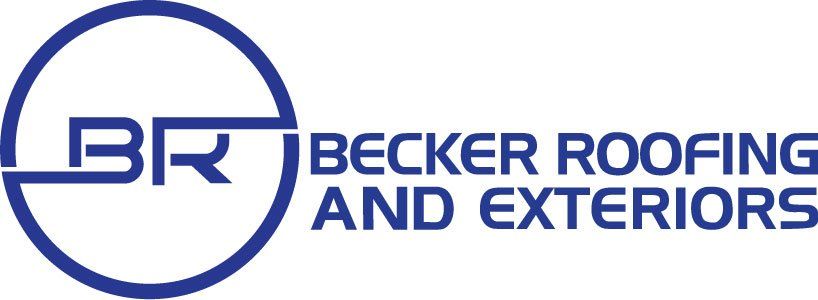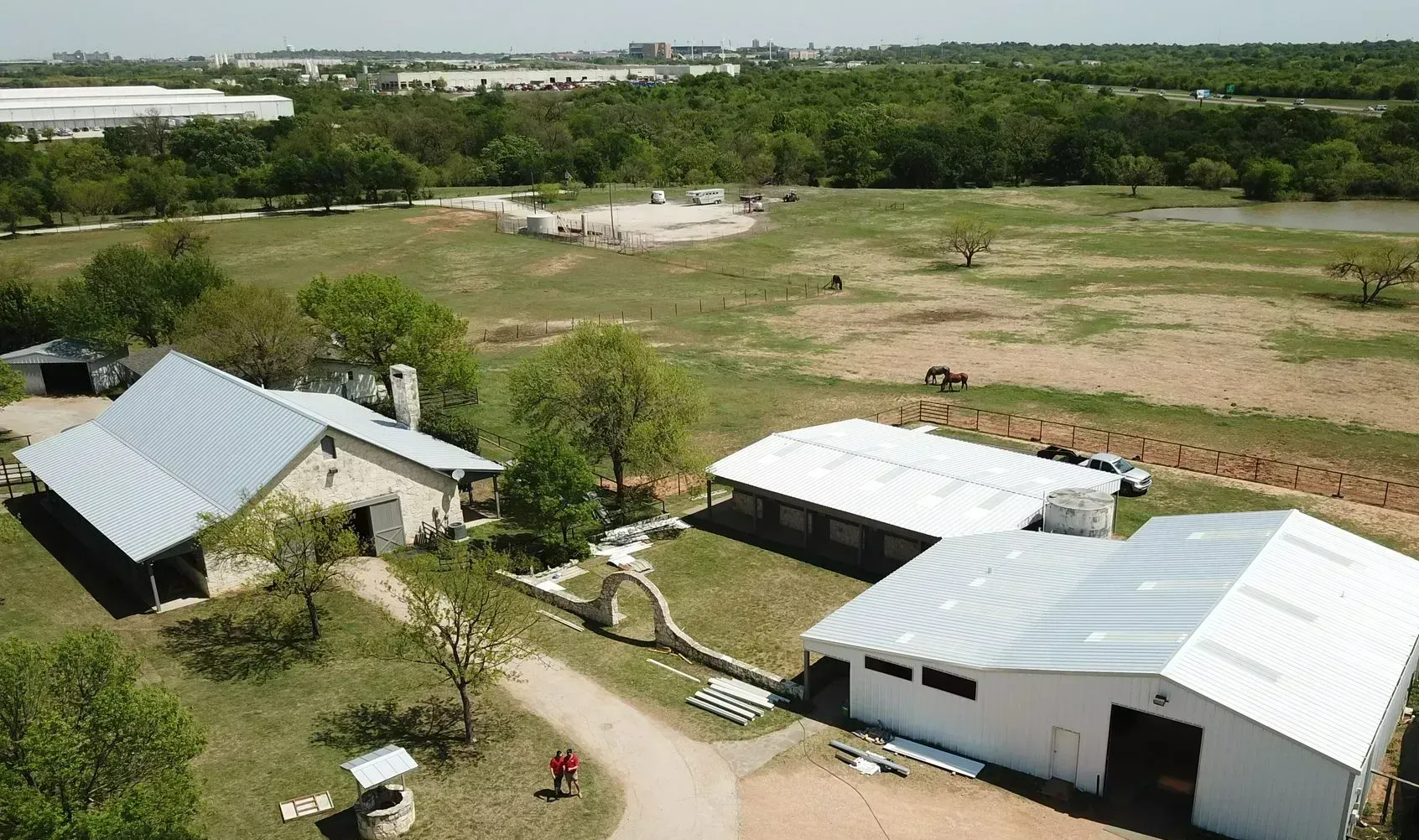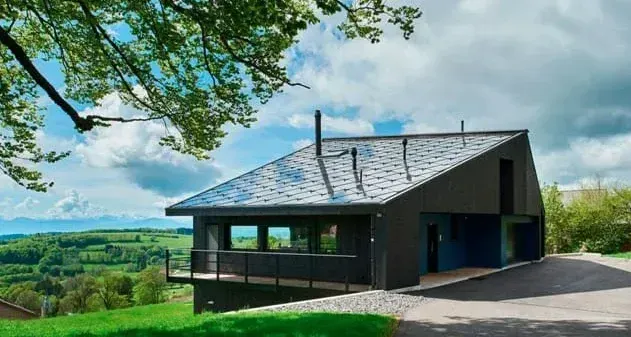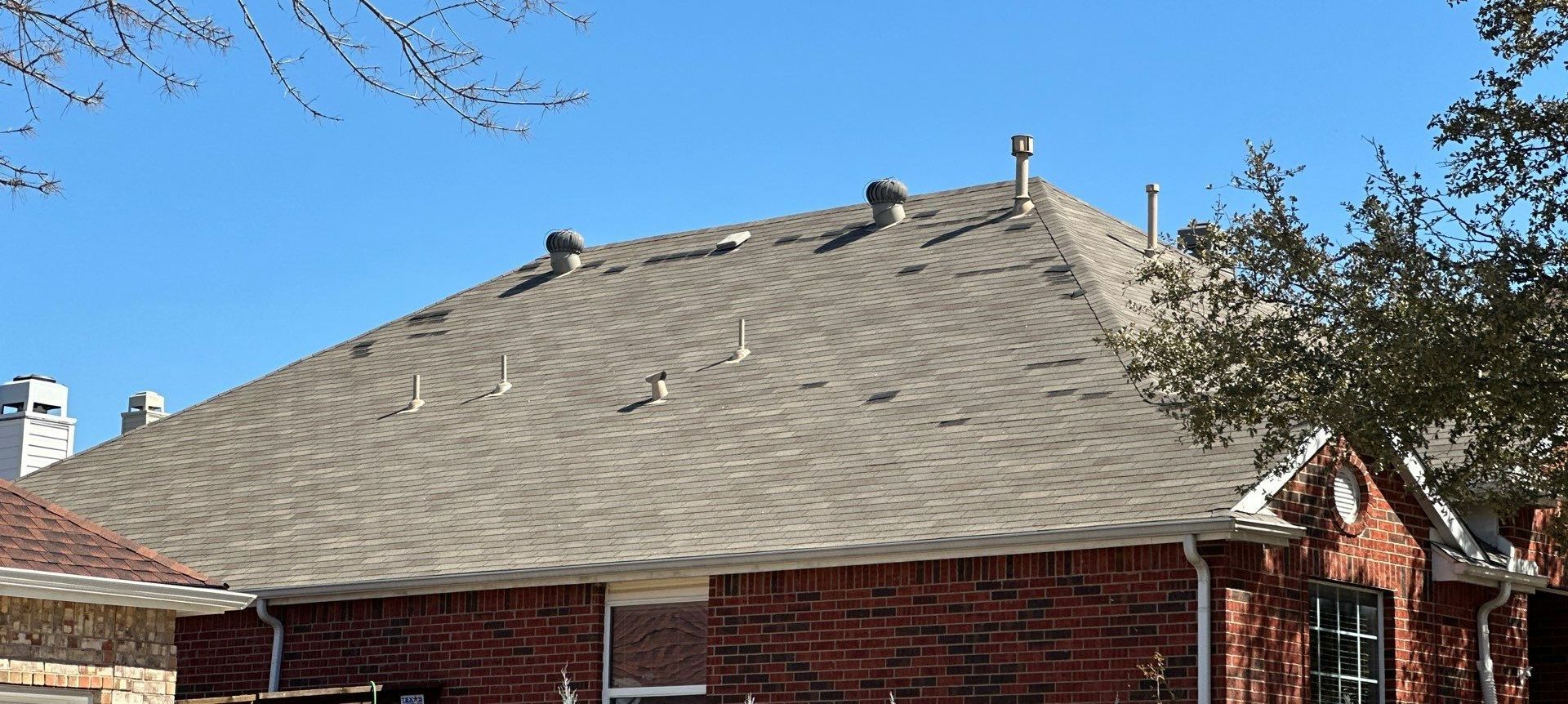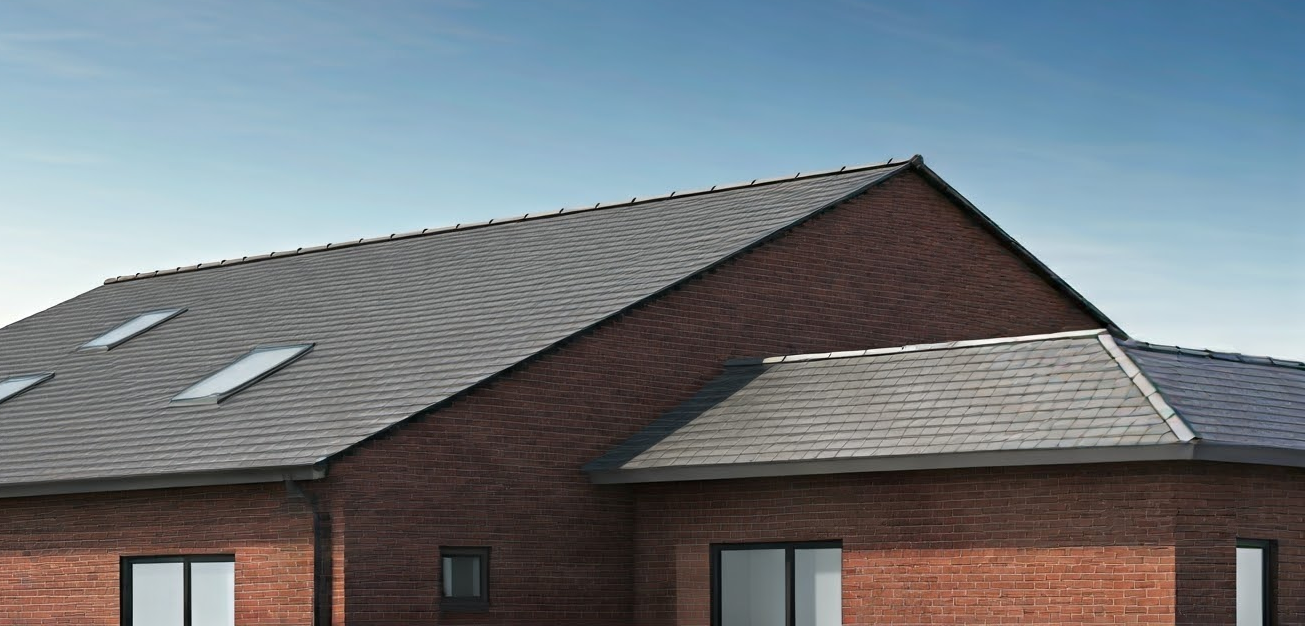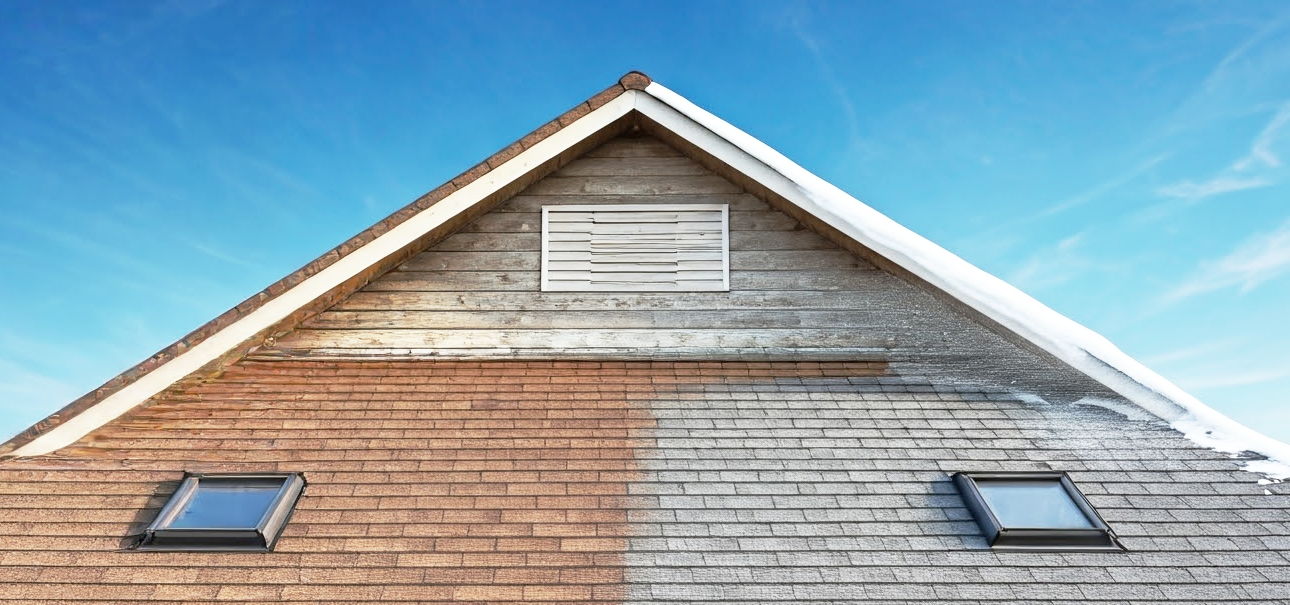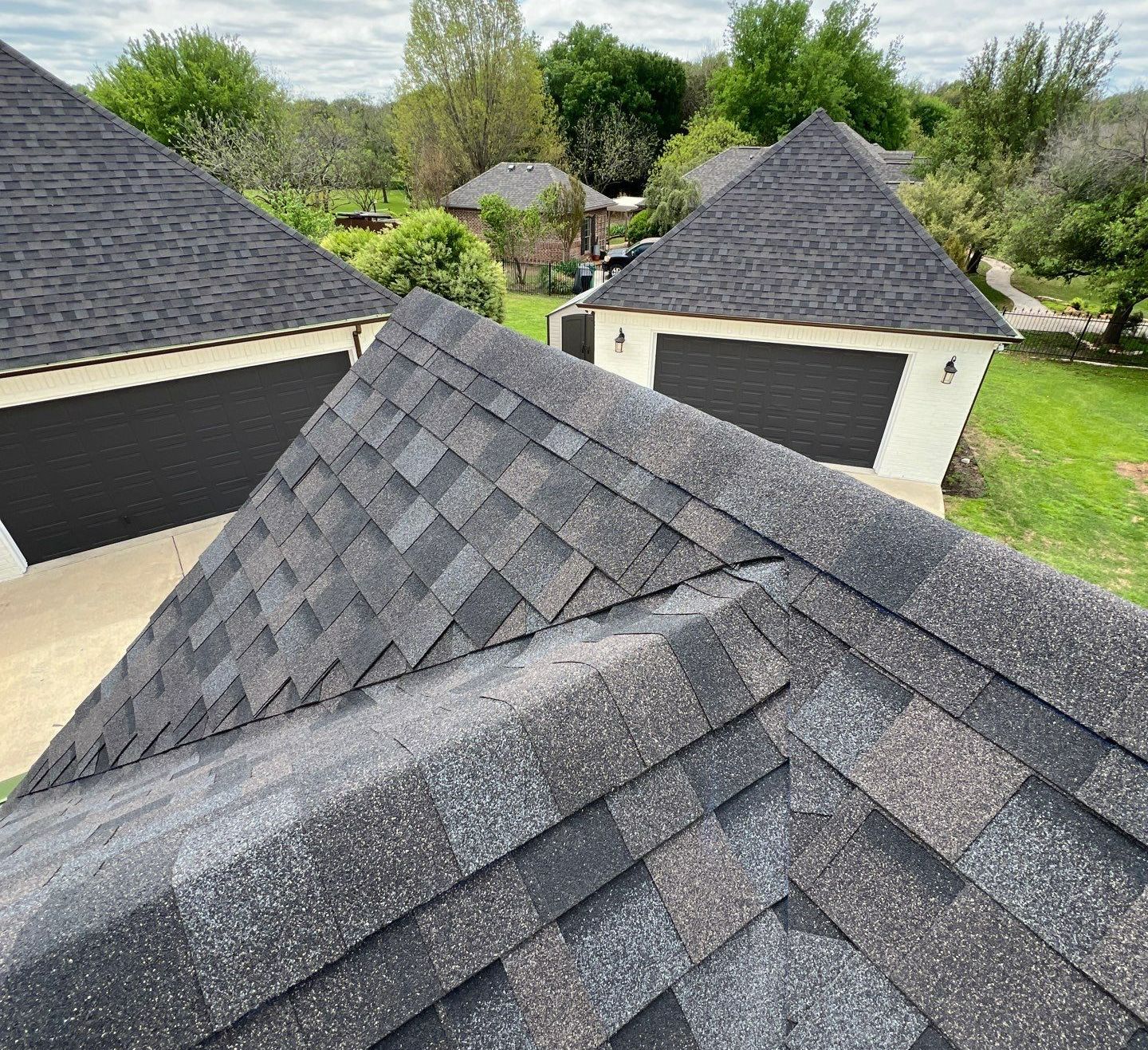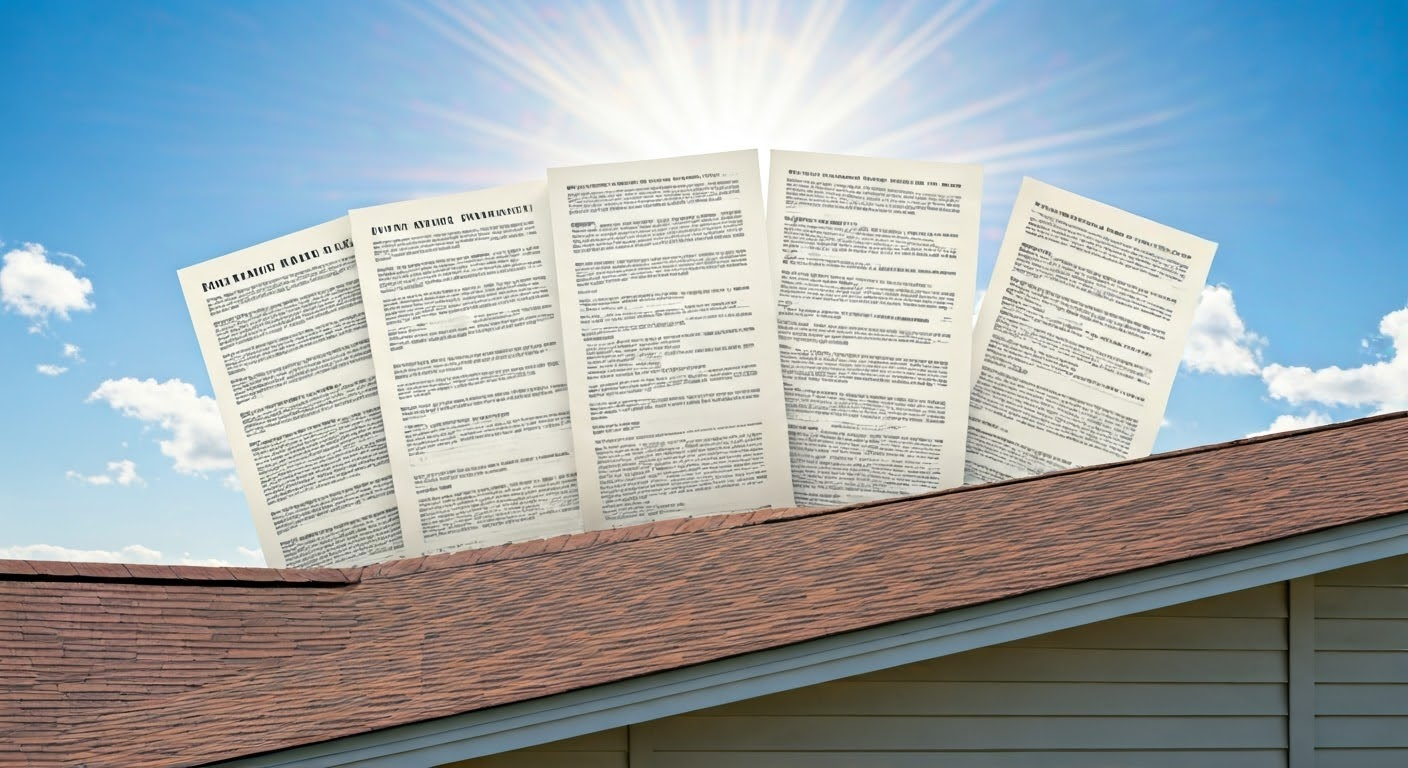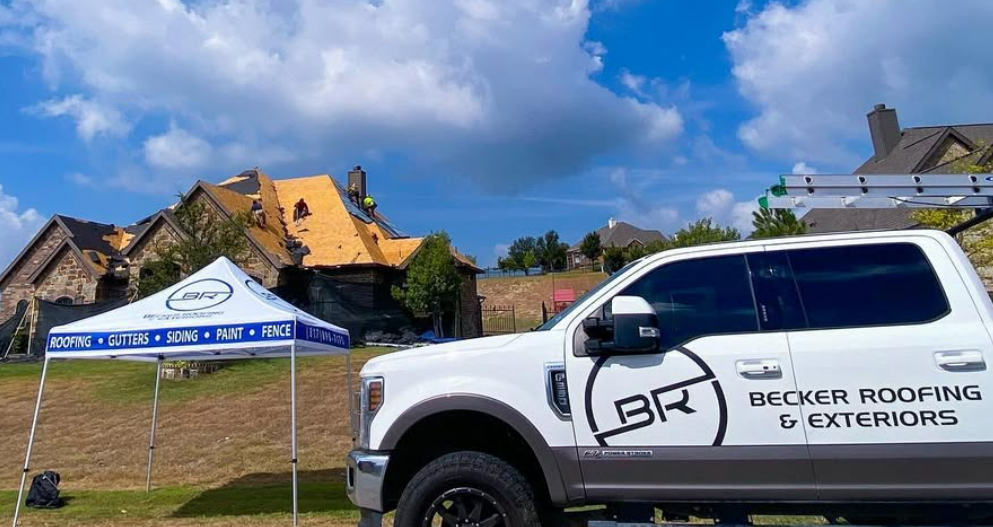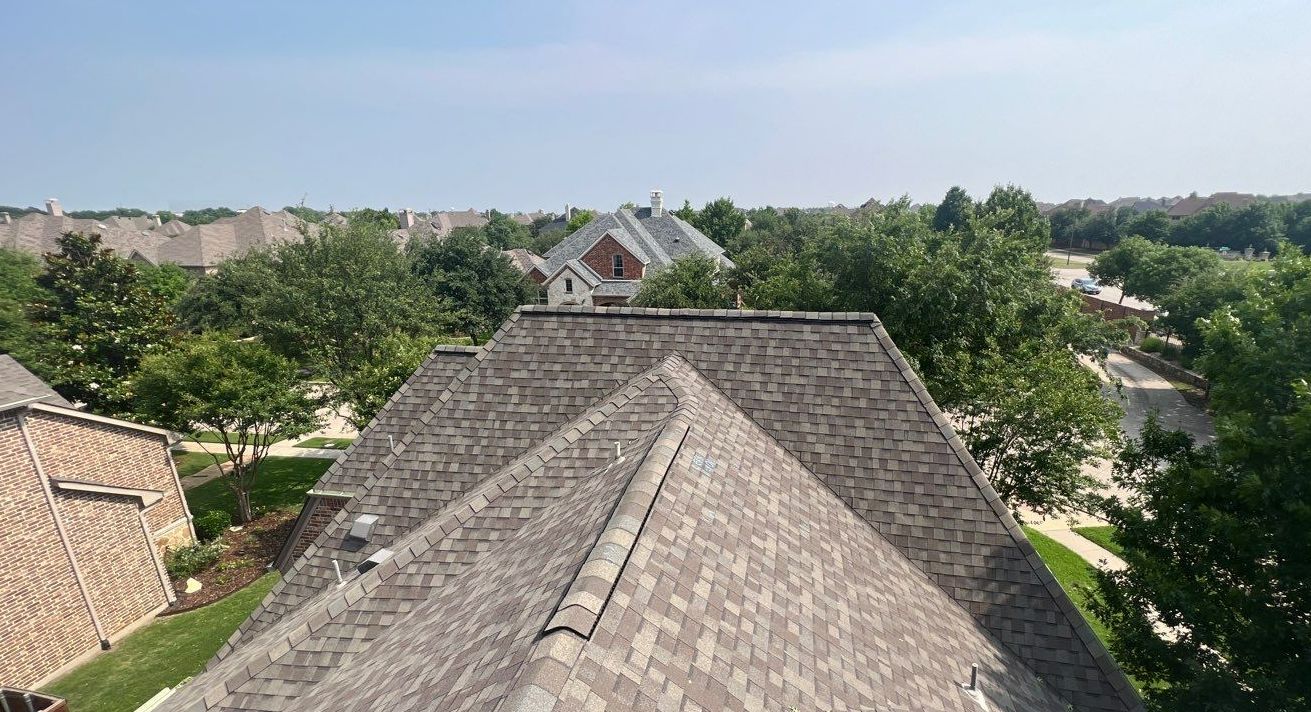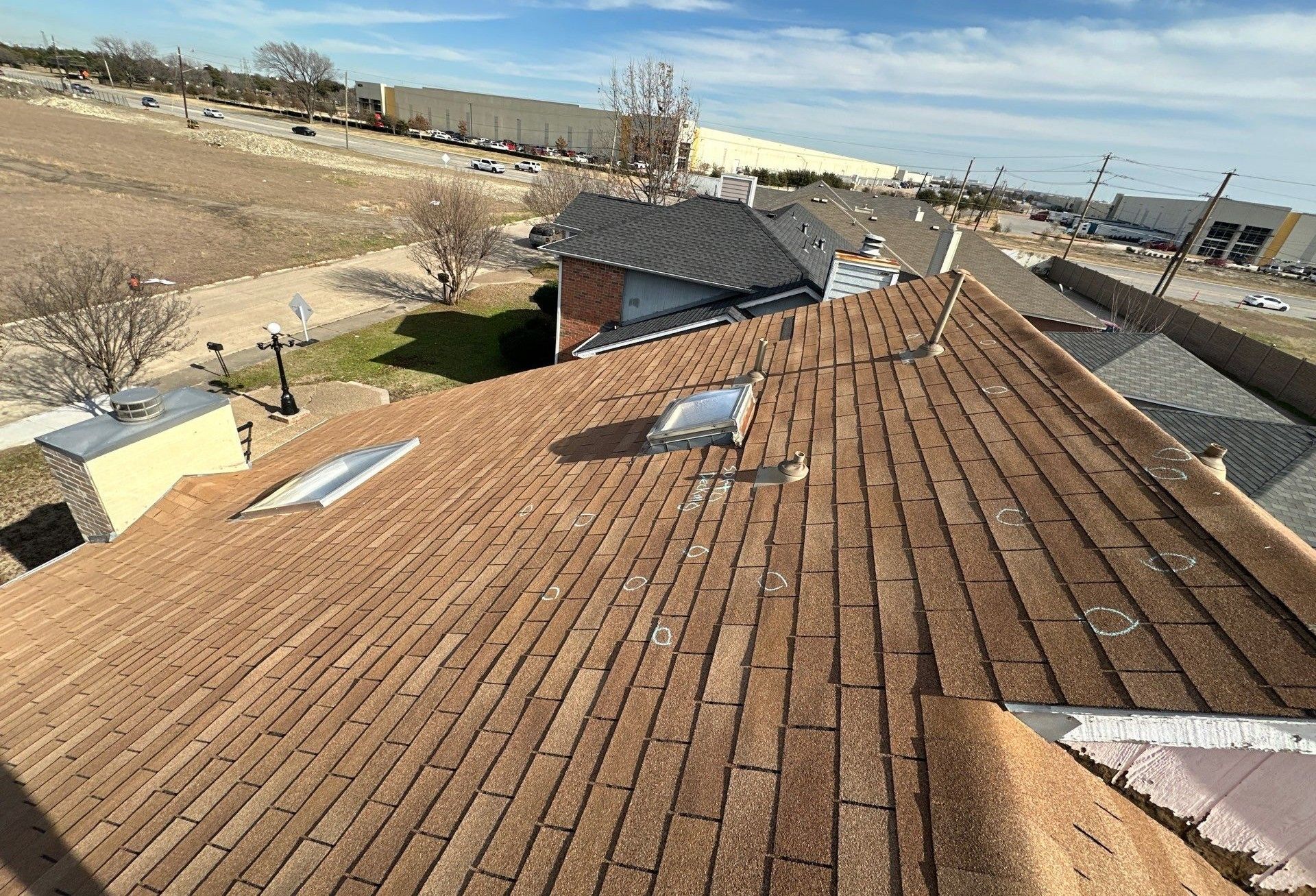Explore the Impact of Climate on Roofing Products
The Impact of Climate on Roofing Products
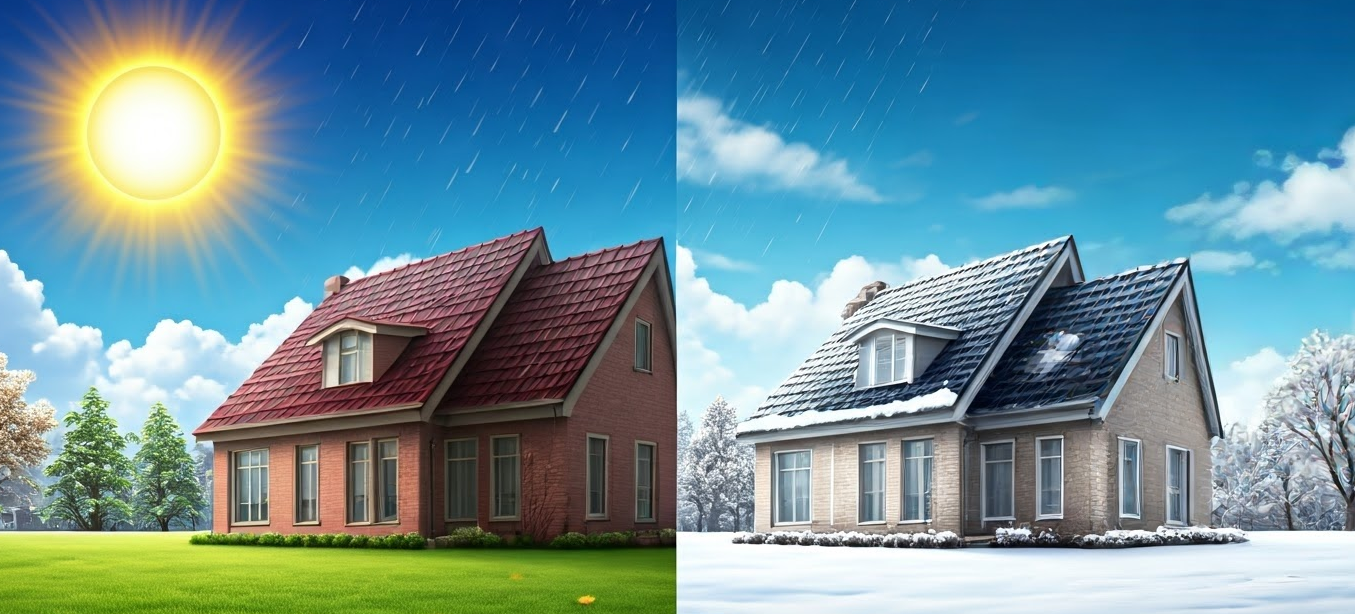
Key Highlights
- Different climates demand specific roofing materials for optimal performance.
- Consider factors like temperature variations, moisture levels, and wind exposure.
- Hot climates benefit from reflective materials like metal or clay tiles.
- Cold regions require durable options like metal, slate, or impact-resistant shingles.
- Coastal areas need corrosion-resistant materials like metal or treated wood.
Introduction
Choosing the right roofing materials is very important for protecting your home. Many homeowners do not realize how much climate affects a roof's lifespan and how well it works, especially during roof installation. Knowing how different roofing materials perform in different weather conditions can help you avoid expensive roof repairs and early replacements. It may also prevent damage inside your home. This guide on roofing options that suit your climate will help you make a smart and lasting choice for your home.
Understanding Impact of Climate on Roofing Products & Materials
Climate has a strong effect on how long your roof lasts and how well it works. Big changes in temperature, heavy rain, strong winds, and salt from the coast all cause damage over time. It is important to choose roofing materials that can handle these problems. This way, your roof will stay strong and protect your home for many years.
If you do not pay attention to weather factors, the impact of climate on roofing products can cause many issues. You might end up with cracked or curled shingles, water leaks, mold growth, and even higher energy costs. By deciding to use materials that match your local climate, you can protect your home better and save on heating and cooling costs.
Temperature Variations on Material Durability
Temperature changes, especially big shifts from hot to cold, can greatly affect how long roofing systems last. Additionally, heavy winds can cause materials to change size with these temperature changes. This can cause stress and may lead to damage over time. For example, in areas that have hot summers and freezing winters, materials that can't handle this constant change might crack, twist, or get weak.
It is essential for roofing materials to have a certain resistance to temperature changes. If they break down from the stress of temperature, they may not do a great job of keeping the roof secure, making it more likely to cause leaks and water damage.
When choosing materials for your roof, it’s important to choose ones that fit your local climate. For places with large temperature changes, select materials that are flexible and can deal with thermal stress well. Metal roofs are one such option, famous for managing greater temperature changes without losing its strength. This could be an option somewhere like Texas, since we see that Fort Worth roofing alone is quite diverse.
Moisture and Rainfall Effects on Roofing Options
Regions with a lot of rain and humidity can create special problems for roofing materials, especially if proper drainage systems like gutters are not installed. When roofs stay wet, they can collect mold, mildew, and rot. This situation could lead to expensive roof repairs or even damage to the structure.
It is important to choose materials that do not soak up moisture in these areas, which include metal, tile roofs (such as clay or concrete), and asphalt shingles treated with copper that resist algae. These materials are great at guiding water away and reducing the chance of water damage.
In addition to selecting the right materials, proper roof ventilation is key in preventing moisture buildup in the attic space. Proper ventilation allows air to move freely, reducing the chance of condensation and moisture-related issues, including mold.
Best Materials for Hot and Dry Climates
Hot and dry climates need roof materials that can reflect sunlight and resist UV damage. These issues can cause fading and damage over time. Lightweight materials that allow airflow are typically best in these areas, as they reduce or stop heat buildup and can lower cooling costs.
Look at choices like solar reflective tiles, metal, or light-colored materials. These options will make your home more energy-efficient and reduce heat absorption. They will also help keep your indoor temperature comfortable during the hot summer months.
Solar Reflective Tiles for Maximum Cooling
Solar reflective concrete tiles are a great choice for hot and dry areas. They offer strong heat resistance and help save energy. These concrete tiles reflect a lot of sunlight. This means less heat gets into the building.
Since they reduce heat transfer, solar reflective tiles keep your home cooler. This can lessen the load on your air conditioner, which may lead to lower energy bills. Here are the main benefits of solar reflective tiles:
- Reduced Cooling Costs: Reflecting sunlight cuts down on heat gain, making your AC work less.
- Enhanced Comfort: A cooler home during hot summers makes you feel better.
- Eco-Friendly: Using less energy helps lower your carbon footprint.
- Increased Roof Lifespan: These tiles can help your roof last longer by reducing temperature changes.
Metal Roofing for Longevity and Heat Resistance
Metal roofing is known for its long life and ability to resist heat. This makes it a great choice for hot and dry places. Metal can reflect sunlight, helping to keep homes cooler.
Metal roofs can handle very high temperatures without bending, breaking, or falling apart. They are a smart investment for homeowners. Also, their lightweight design helps as they don't hold heat like other heavy roofing materials. Additionally, metal roofs needs very little upkeep and is fire-resistant. This helps give peace of mind and saves money over time.
Ideal Roofing Solutions for Cold and Snowy Regions
Cold and snowy places in Texas have special challenges. They need roofing materials that can handle a lot of snow, stop ice dams from forming, and stand up to freezing and thawing without breaking or leaking.
Good choices for these conditions are metal materials, slate tiles, and strong asphalt shingles. These materials can survive tough winter weather. They will keep your roof strong and protect your home all year long.
Insulation for Heat Retention: Metal Roofing for Hot and Windy Weather
Insulated metal roofing is a great choice for cold and snowy climates. It provides good heat retention and is very durable. This type of roofing blends the strong features of metal with insulation, making it a tough barrier against harsh winter weather.
The insulation under the metal panels keeps heat in your home. This helps cut down on heat loss and might lower your heating costs. It also keeps the attic temperature more stable, which can help prevent ice dams.
Plus, metal roofs easily shed snow, which makes it a great type of roofing for cold weather. This type of roof stops heavy snow from piling up, which helps keep your roof safe from water damage and reduces the chance of leaks.
Slate Tiles for Durability Against Snow and Ice
For homeowners who live in cold and snowy areas, slate tiles are a great choice. They look good and last a long time. Slate roofs are strong and resistant to hail damage. They can handle heavy snow and resist ice dams.
Slate has a natural strength and does not absorb much water, which helps it avoid cracks and breaks during freeze-thaw cycles. Its smooth surface helps snow slide off easily. This helps to stop heavy snow from causing damage to the building.
Although slate roofing costs a lot at first, its durability means it can last over one hundred years. This makes it a smart choice for homeowners who want a long-lasting roof.
Conclusion
In conclusion, picking the right roofing material for different climates is very important. This choice helps with durability and efficiency. Knowing how temperature changes and moisture affect different materials can help you decide better.
For hot and dry places in Europe, you should think about solar reflective tiles or metal roofing. These options resist heat well. In cold and snowy areas, insulated metal material and slate tiles work best. They keep heat in and last longer against snow and ice.
By choosing the right roofing materials based on the climate, you can improve the longevity and performance of your roof in any weather. If you want more help finding the best commercial roofing services or materials, just ask for expert advice from our Keller roofing company, Becker Roofing and Exteriors.
Frequently Asked Questions
What roofing material is best for areas prone to hurricanes?
For places that often face hurricanes, metal roof material is a great option. It has very good wind resistance and can also help prevent impact damage. The panels connect tightly and can hold up against strong winds without getting damaged. This makes it a trustworthy choice for areas at risk of hurricanes.
Can roofers use asphalt shingles in extremely cold climates?
Asphalt shingles can work in cold climates. However, it is important to pick high-quality shingles made for chilly weather and capable of withstanding high winds. Good insulation and a strong roof structure are key to ensure that they perform well and last a long time.

Our Location
Hours
Hours
Contact Us
License # 03-0235
